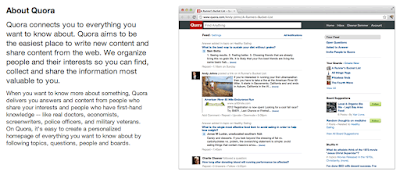Such an understatement when I say "...a lot has happened in the past two weeks." An incredible amount of processing with school, family, freelance work, school, family, freelance work (wait, I'm feel redundant here). I'm trying to let everything soak and percolate in my mind while purge everything toxic out of the body, mind, and heart. It's tough. But I'm finding that practice and failure are two things I've grown accustomed to. Now, when I use the word failure, I mean it in a way that is productive. There are many instances where I feel as though I have failed miserably but choose to learn as much as I can.
In any case, it's all about (what one of my professors would say) 'productive failure'. I wanted to share one of the gems this week - Freytag's Pyramid. Surprisingly, my professor is having us map and chart the tension, complexity, and/or rising action to our works. While it's proving to be a pretty awesome exercise, for my obsessive compulsive brain, it's going to be an exercise in teasing (and failing productively) out what is most important. Wish me luck. Above, you'll find a handy illustration. Enjoy! Feel free to drop a note if you've studied Freytag's Pyramid or want to share any thoughts about your writing process. :)



